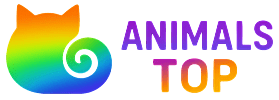As for which animals have the best memory, scientific research has revealed outstanding performance in cognition and memory in many different species. Animals with strong memories often show high levels of intelligence and complex behavioral patterns, and are able to demonstrate outstanding abilities in survival, social interaction, and environmental adaptation. The following are some animals that are considered to be particularly good at memory:
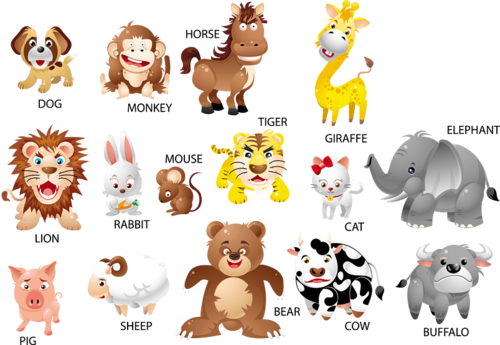
African and Asian Elephants-Are-Endangered.html">elephants are widely considered to have one of the best memories in the animal kingdom. Elephants have the largest brains of any land animal, weighing up to 5 kg, which underpins their cognitive and memory functions. The older females in a herd, known as herd leaders, are often responsible for leading the herd and are able to memorize important geographical locations, such as water sources and food sources, and this memory can last for decades.
dolphins.html">Dolphins are also considered to have one of the strongest memories in the animal kingdom. Their brains are very similar in structure to human brains, especially the areas of the cerebral cortex responsible for higher cognitive functions. dolphins.html">Dolphins not only excel in learning and social skills, but also show amazing long-term memory.
Dolphins have demonstrated a strong ability to learn in both artificial and natural environments. They are able to quickly master new skills and tasks by observing the behavior of their peers. In research experiments, dolphins are able to remember the steps of complex tasks and demonstrate excellent problem-solving skills in multiple tasks.
Great apes such as orangutans and chimpanzees display high levels of cognitive ability and memory, especially in social interaction and tool use. They are 98% genetically similar to humans, which gives them many similarities with humans in cognitive and memory abilities.
Primates such as chimpanzees and orangutans have demonstrated the ability to use tools in the wild. These animals are able to remember how to make and use tools, such as using a twig to catch insects or crack open nuts. More importantly, they can learn this skill through observation, remember it, and pass it on to the next generation.
Orangutans and chimpanzees are able to remember complex webs of social relationships, including kinship, cooperation, and conflict between individuals. This memory ability helps them establish and maintain social status within the group. Studies have shown that chimpanzees can remember the faces and behaviors of other individuals and adjust their relationships with them based on past interactions.
Crows and parrots are among the most intelligent and memory-hungry birds, demonstrating amazing memory abilities, particularly in problem solving and food storage.
Crows belong to the Corvidae family and are one of the smartest birds on Earth. They have a strong spatial memory and can remember hundreds of food caches and still find them months later. Studies have shown that crows can not only remember the location of food caches, but also adjust their food hiding strategies based on the activities of other crows to avoid having their food stolen.
Parrots, especially grey parrots, have demonstrated memory for language. Grey parrots are able to learn and remember hundreds of words and associate them with corresponding objects or situations. In some experiments, parrots have demonstrated complex social memory, being able to remember interactions with humans and other parrots, and even being able to recognize people they have met before.
Octopuses have one of the best memories among invertebrates, demonstrating a high degree of learning and short- and long-term memory. Despite having a very different brain structure from vertebrates, octopuses display amazing flexibility and memory in cognitive tasks.
Octopuses have been shown to learn complex maze tasks and to have a good memory for the path. They can memorize the correct route through the maze after multiple attempts and then complete the task quickly in a short period of time.
Octopuses are able to remember their keepers in the lab and react differently by observing their behavior. For example, octopuses are able to recognize people who used to feed them and behave in a friendly manner toward them, but are wary of strangers.
Despite their relatively small brain size, bees display remarkable spatial memory, being able to remember the location, color, and smell of flowers and efficiently plan routes to find nectar.
Bees rely on a sophisticated navigation system when searching for food, and studies have shown that bees are able to remember the specific locations of up to dozens of flowers by sight and smell and optimize their flight paths to maximize their acquisition of pollen and nectar.
The honey bee's "waggle dance" is a highly complex social behavior in which bees convey information about the location of food sources to their companions. This behavior not only demonstrates the bees' memory ability, but also demonstrates the precision of their information transmission and reception in social interactions.
Many species in the animal kingdom have demonstrated amazing memory and cognitive abilities. From elephants on land to dolphins in the sea, to crows and bees in the sky, the memory of each animal is the key to their adaptation to the environment, survival, and maintaining social relationships. In human research and observation, more and more evidence shows that the memory of animals is not just a basic skill for survival, their cognitive abilities can even exceed our previous imagination.
These animal memory experts reveal to us the wisdom and diversity of nature, and also remind us that protecting these highly intelligent species is crucial to maintaining ecological balance and understanding the complexity of life on Earth.
animal tags:
We created this article in conjunction with AI technology, then made sure it was fact-checked and edited by a Animals Top editor.
you may also like

In this world, long-nosed animals may attract a lot of attention, but short-nosed animals shine with their short and powerful strength! Today we will take you to learn about the 10 animals with the shortest noses in the world, which prove that "short noses also have spring"!1. Frogs - 0 cm...

What is the fastest animal in the world? Most people think of cheetahs. In fact, the speed of cheetahs is nothing compared to the first place. The fastest speed of the first place can reach 389 kilometers, that is, the speed reaches 108 meters per second, which can kill most supercars in one...

There are more than 300 different types of turtles in the world, and they are found across the globe in marine, freshwater, and terrestrial environments. Different species of turtles require different feeding conditions, but most require a comfortable habitat, adequate water and food, and reg...
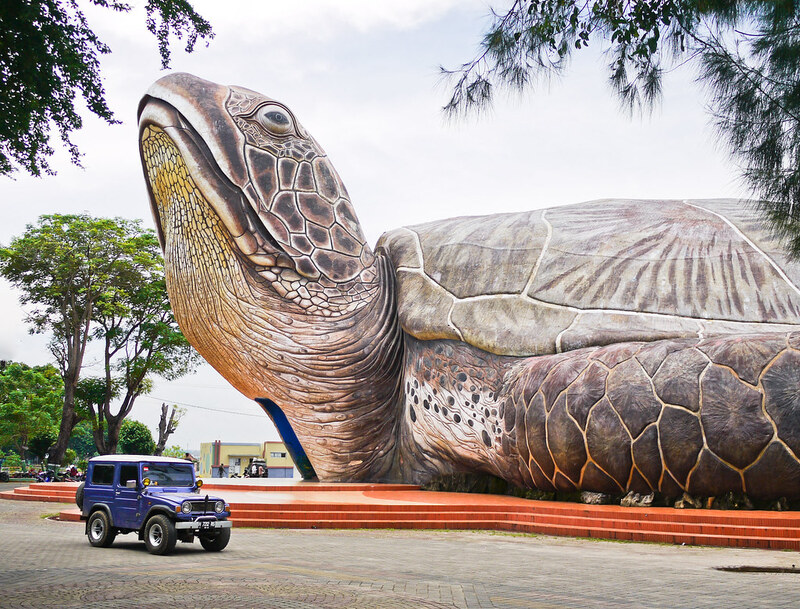
In people's impression, most common turtles are only the size of a palm, and slightly larger ones are only as big as a plate. However, in the wonderful world of nature, there are many giant turtles of huge size, some of which are even taller than humans.Today, the editor will take stock of...
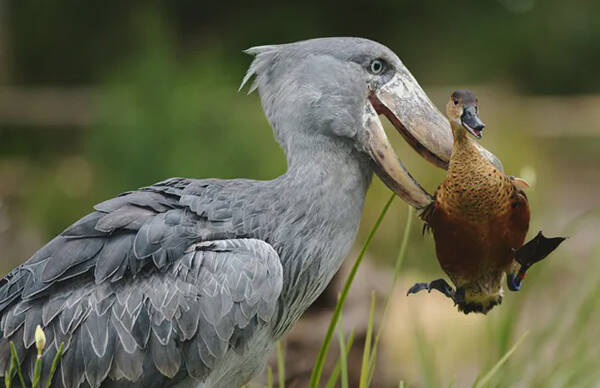
The largest bird on earth is the shoebill stork, which is the only species of the genus Shoebill in the family Shoebillidae. The name of the shoebill stork comes from its powerful beak. It is a large bird very similar to the stork family. It is tall, with an average height of 1.2 meters, a we...
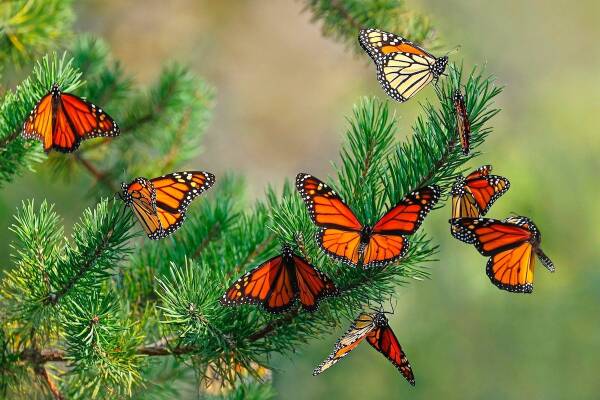
This article introduces you to the top ten most spectacular wildlife on earth. 10. Whale shark < /span> The world's largest fish was once thought to be a solitary giant, but its reputation as a loner has recently been turned upside down. Large pods of whale shark...
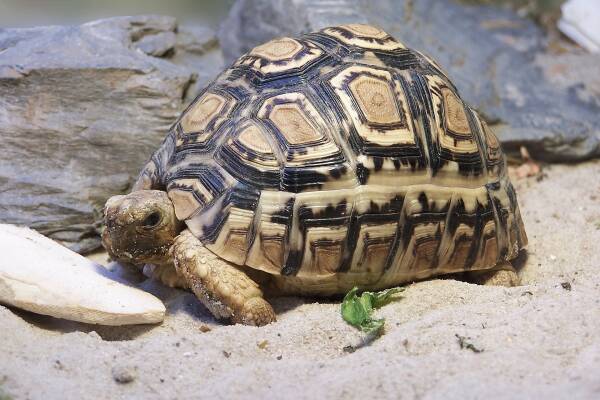
Among all types of turtle pets, aquatic turtles are the easiest to keep, followed by semi-aquatic turtles. When it comes to tortoises, the difficulty of breeding them has suddenly increased. Issues such as temperature, humidity, and stones in the body need to be considered, which is a headach...
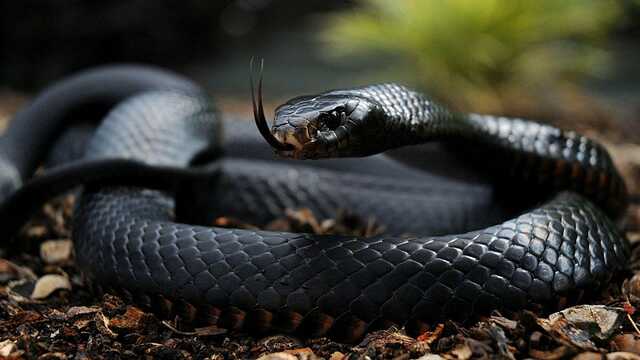
What are the deadliest snakes in the world? Which snakes are known for their aggression? When talking about the most dangerous snakes, many people will first think of their venom, but are the most venomous snakes necessarily the most dangerous? Not necessarily. Although some venomous snakes are high...
Email: jsset668#gmail.com (change # to @) Please indicate your purpose of visit! Guangdong ICP No. 2022053326 XML| map| Chinese
